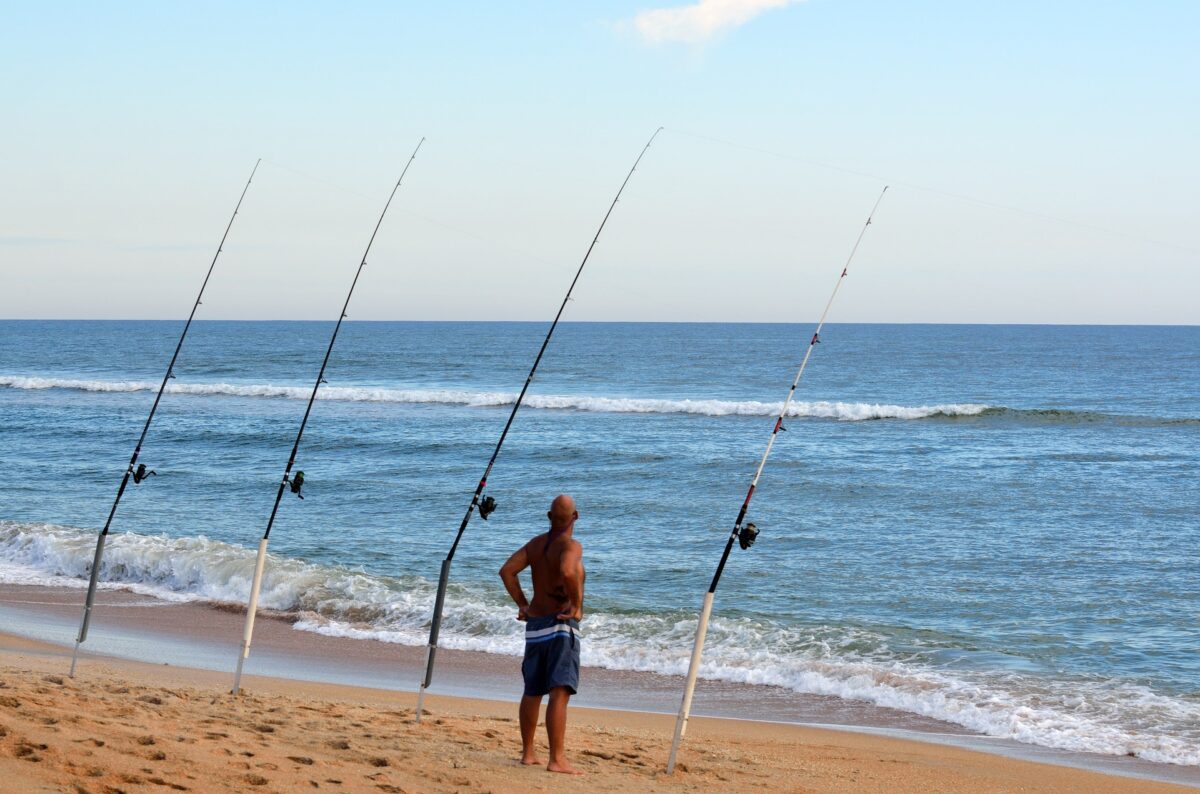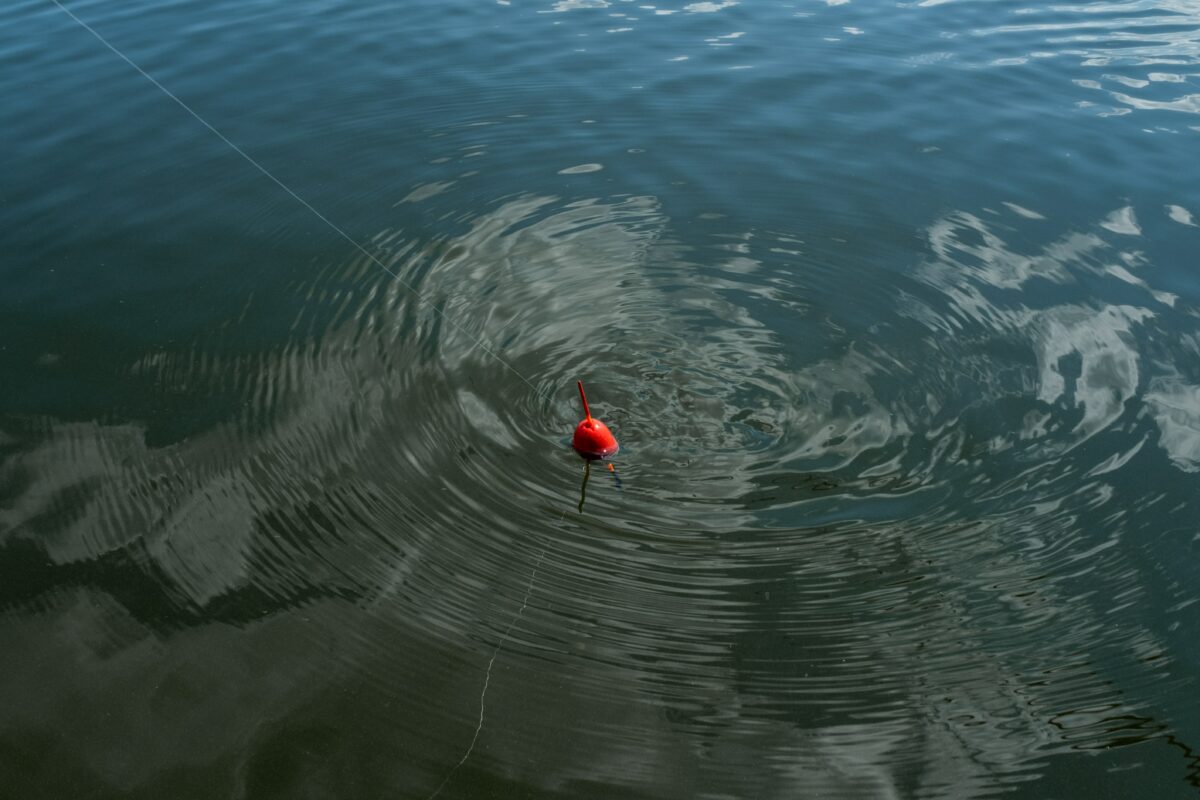Do you know jig fishing? It’s a fishing technique that comes to us straight from Japan. It is a more sophisticated version of jigging. To put it simply, it consists of going with the current and using the rod to animate the lures in order to attract predators. It is an effective technique for catching all types of fish such as amberjack, pike, meagre, etc.
The basic principle of jigging
Originally from Japan, jigging is a fishing method that consists of fishing vertically for beautiful bottom fish, and is known for its ability to explore difficult to access fishing areas. The aim of jigging is to place the lure where the fish are located, but in order to do this, it is necessary to manoeuvre the boat so that the jig is above the fish, and in order for this technique to be successful, it is essential to calculate the strength of the currents so that the jig can easily catch the fish.
To fish with a jig, the principle is very simple: a metal lure, the jig, must be lowered into the water. Then you have to animate it by making it rise to the surface. As you will have understood, jigging is a rather tiring fishing technique as it requires physical effort, but also the use of adapted equipment.
Different jigging techniques
It is worth pointing out that jigging can be practised in different ways: slow jigging, bottomjigging, cranckingjig and speed jigging.
On the one hand,slow jigging is known to be the most relaxing and practical technique, but it does require precision in the animations. The best time to fish with slow jigging is at night. The best time to fish with a slow jig is at night, when the fish will increase their lateral line, and in terms of animation, it’s best to set the rod butt down to remove the jig from the bottom while letting it flutter down.
Speed jigging is the preferred technique for deep fishing. However, it is also the least relaxing technique as it requires much more physical effort than slow jigging. Basically, it requires the jig to be brought up strongly. The aim of speed jigging is to leave the jig on the bottom before closing the pick-up, then shaking the line and bringing the line to the surface.
On the other hand, bottom jigging is another jigging technique that is recommended in calm waters without too much current. Its purpose is to allow the jig to stay on the bottom while making small jumps. Finally, the cranckingjig is a technique that is not well known to the general public except in certain Asian countries. This technique consists of placing the jig on the bottom of the water and then bringing it back quickly







